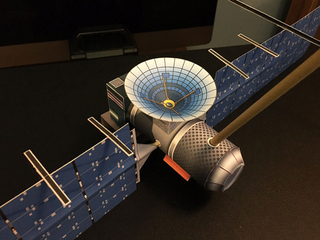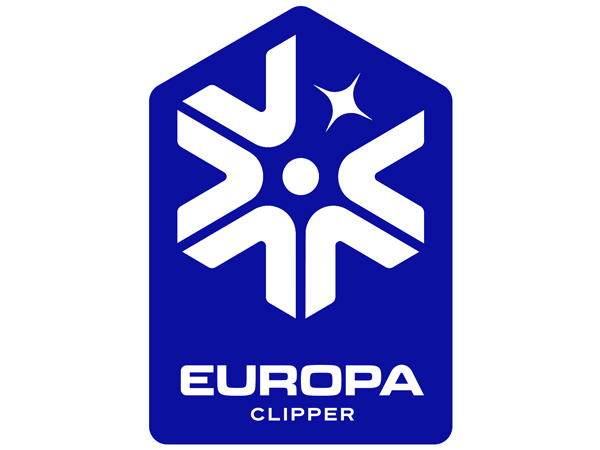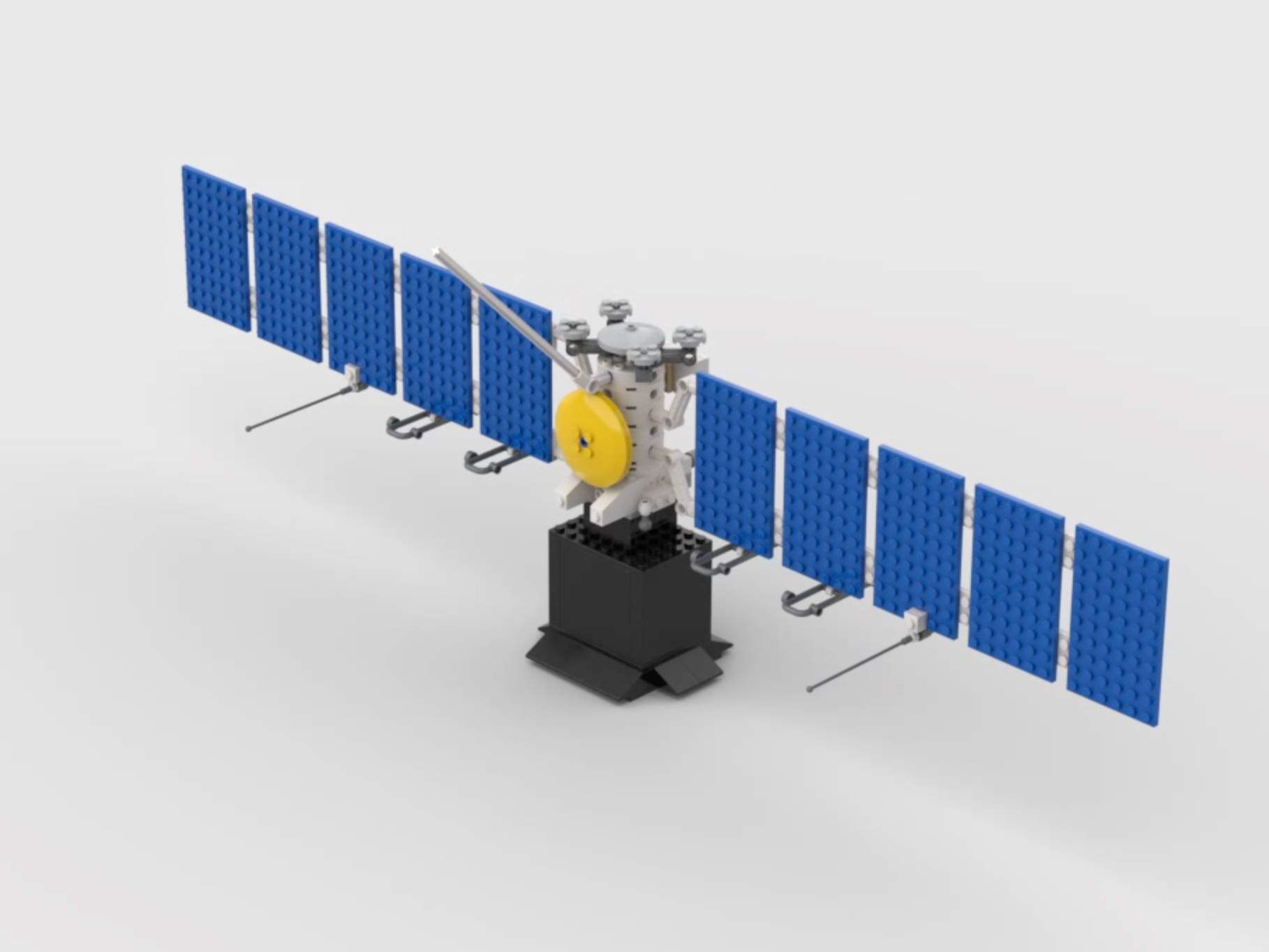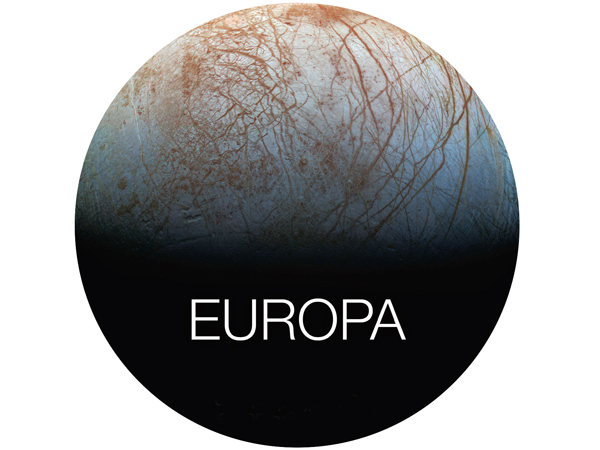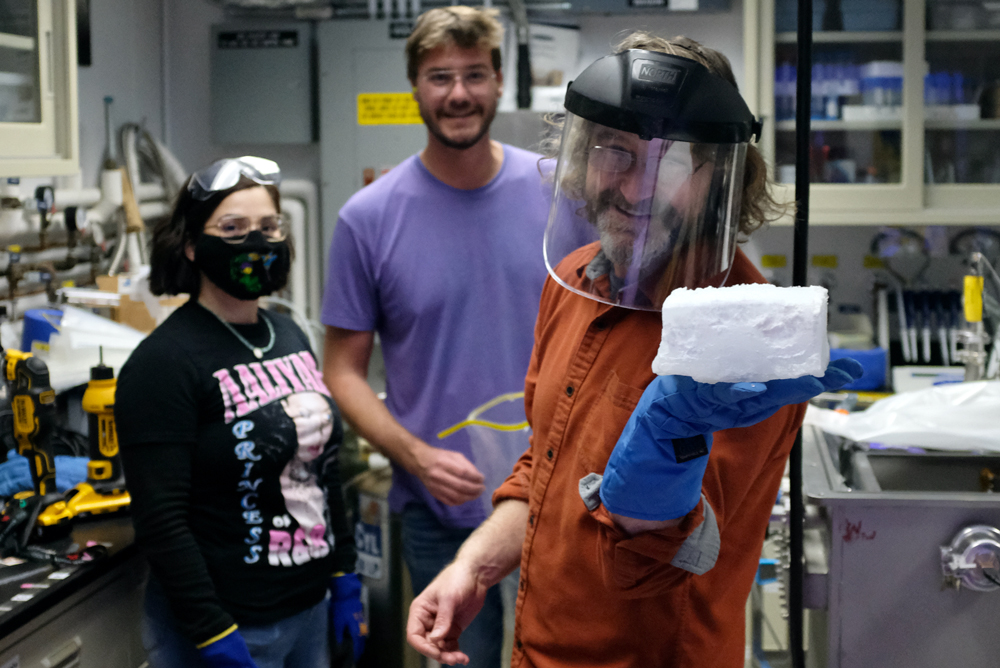
Europa Clipper’s main science goal is to determine whether there are places below the surface of Jupiter’s icy moon Europa that could support life.
And as Europa Clipper assembly operations take place at NASA’s Jet Propulsion Laboratory (JPL) and at partner institutions across the United States, the Ocean Worlds Lab at JPL is advancing our understanding of the physics, chemistry, and potential habitability of ocean worlds in our solar system.
Our planet, Earth, is an ocean world. More broadly, ocean worlds include ice-covered moons, planets, Kuiper Belt Objects, or even asteroids that harbor subsurface liquid water oceans. Jupiter’s moon Europa is also an ocean world. It is enveloped with a thick ice shell that encases an ocean that covers the entire moon. And beyond Earth, Europa is considered one of the most promising potentially habitable environments in our solar system.
The Ocean Worlds Lab is led by Dr. Kevin Hand, planetary scientist, astrobiologist, and Europa Clipper science team member. Members of the Ocean Worlds Lab team use laboratory experiments and computer models to simulate the conditions at and below the surfaces of ocean worlds such as Europa. The team blends disciplines including astrobiology, physics, geochemistry, microbiology, computer programming, and technology. According to Hand, astrobiology is the study of the living universe. Specifically, astrobiology is a field of science that incorporates studies of the origins, evolution, distribution, and future of life in the universe.
“It’s a very diverse field and everyone brings a special expertise, but works collaboratively,” says Shaila Saifee, former Ocean Worlds Lab intern who is now working as a researcher in cardiology. “The key to studying ocean worlds is passion and creativity.”
“We use a variety of instruments and ultra-high vacuum chambers to investigate ices, salts, silicates, organics, and even microbes under conditions comparable to Europa’s surface,” Hand said.
One of the Ocean World Lab’s primary investigative devices is known as the Ark.
Affectionately named after its geometric likeness from Indiana Jones and the Raiders of the Lost Ark, the Ark is about the size of a deep freezer, sits about 4 feet long by less than 2 feet wide (approximately 1.2 meters long x .5 meters wide), and maintains an “always on” approach to collecting data in a specified period of time.
“The Ark is one of the only chambers on Earth with a large internal environment built to simulate Europa’s surface,” said Hand. “The Galileo mission revealed that the surface of Europa is telling a story not only about Europa’s subsurface, but also about how the surface changes as a result of temperature, pressure, and irradiation. Cameras, radar, and spectrometers on Europa Clipper will show us much more about the nature and structure of Europa’s ice.”
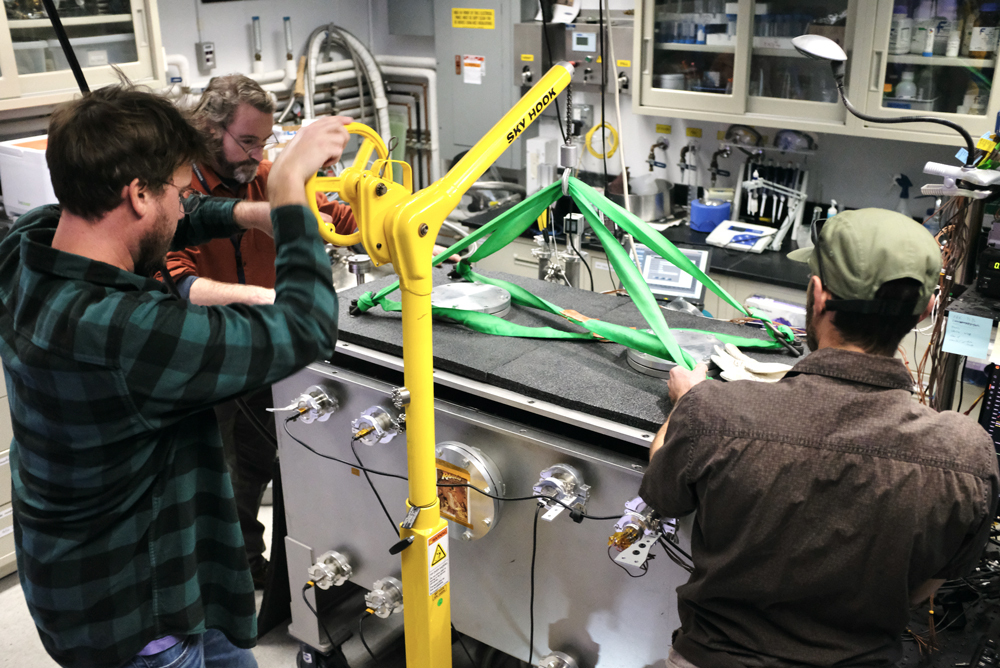
The Ark contains a highly precise pump-driven vacuum chamber that allows researchers to study the shape of ice, and how ice changes under different temperatures, pressures, and simulated sunlight conditions. It also uses an LED light bar to simulate the day-night cycle in solar radiation experienced on Europa’s surface. An array of cameras in the chamber capture images for observation via time lapse photography.
“The Ark needs to be really cold,” said Antonio Macias Canizares, astrobiology and Ocean Worlds Lab intern researching the surface evolution of ice-covered planetary bodies through computer modeling and experiments. “The Ark can get to 40 Kelvin [-387.67℉], but if the environment is too cold, the surface doesn’t change, so we run the Ark at elevated temperatures to observe morphological changes on the surface.” Europa’s surface temperature averages about 110 Kelvin (-260℉) at the equator and only 50 Kelvin (−370°F) at the poles.
Currently, the Ark has just completed a six-month-long solar radiation experiment focusing on morphological changes caused by a simulated day-night cycle on Europa’s surface.
“Running an experiment can go on for months,” said Jeffrey Foster, technologist at the Ocean Worlds Lab, who’s familiar with solving the challenges of simulating the surface of the smallest of the four Galilean moons, the four main moons of Jupiter discovered by Galileo in 1610. “The experiments can be rough on the hardware: after all, ice and salts aren’t ideal for pressure pumps required to maintain a vacuum environment…and require constant monitoring and maintenance.”
At the Ocean Worlds Lab, innovation runs parallel with a lively sense of curiosity.
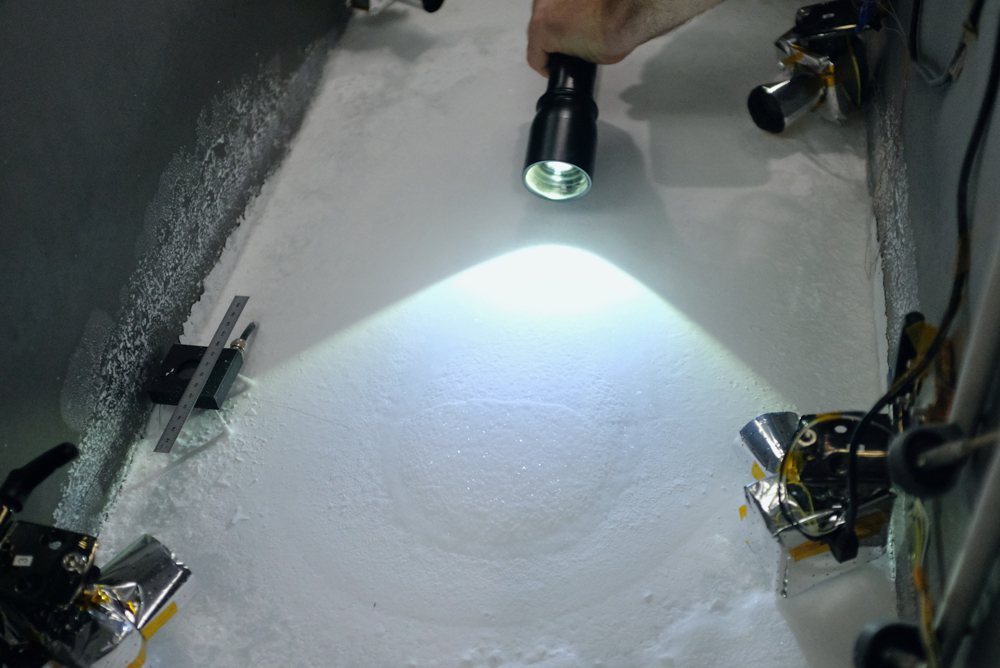
“When studying ocean worlds, we’re looking at habitability and biosignatures,” said Saifee. A biosignature is any characteristic, element, molecule, substance, or feature that can be used as evidence for past or present life. “We ask, ‘Once we get there, what do we look for?’ For example, at the Ocean Worlds Lab, I studied methane to predict what might be discovered on an icy moon like Europa. On Earth, we often recognize methane as a biological chemical that’s very important to biological processes. Methane not only can sustain life, but it can be produced by life.”
Hand added, “Let’s imagine Europa has hydrothermal vents on the ocean floor. Would there be any fingerprints of those hydrothermal vents or even organisms on the surface ice of Europa? With the Ark, we’re introducing both hydrothermal vent microbial communities and hydrothermal vent particles into the chambers to see how they get modified, which will enable us to look for those same types of fingerprints on Europa with Europa Clipper.”
Foster concluded, “We’re always excited to open the Ark to see what’s been happening in the chamber, and what the ice has evolved to over this large span of time. For example, will the simulated solar radiation cycles drive formation of leftover salt deposits, providing more insights about the surface of Europa? Until Clipper arrives at Europa, our best chance for answering these questions is with experiments we do in the lab.”


